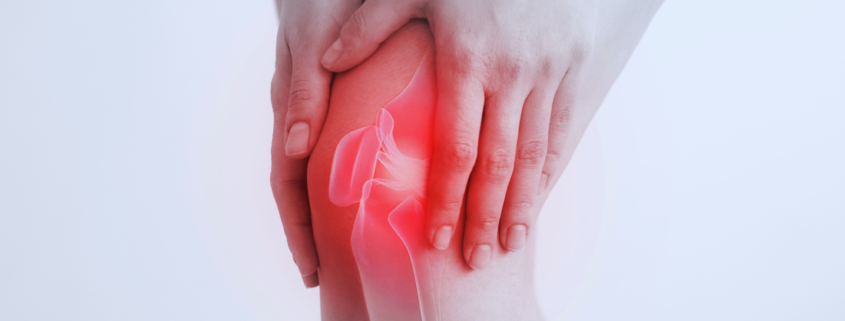Knee injuries – How can you hope to solve the problem using the stimulus that caused the problem?
As a student of sports training and competition I took up the opportunity to watch the exercise selection from the waiting room at the physical therapists. I was surprised at the amount of quad exercises used over the weeks of my observing.
Later as I lay on a table in the therapy clinic I listened to a young male client answer the question from this physical therapist.
Therapist: Okay what have we done so far?
Patient: Squats.
My mind: That’s one.
Patient: Wall squats.
My mind: That’s two
Patient: Lunges.
My mind: That’s three.
Patient: Walking lunges.
My mind: That’s four.
Patient: Step ups.
My mind: That’s five.
So far, the workout was 100% quad. I shook my head and said a prayer for the patient. Now to be fair I did see one non-quad exercise being done later. But the first five and the overwhelming majority of exercises being used in the rehab program for what I believe was an ACL surgery patient were quad exercises.
I found this ironic, because it was this very profession some 30 years ago that brought me attention to the risks of ‘quad dominance’ in muscle balance and its relationship with gait and joint integrity. And here I was, some three decades later, and they were creating that exact same condition.
I took this quad dominant concern, along with my own observations, quite seriously and spend a decade or so developing and refining before publishing a concept I called ‘Lines of Movement’ in 1998. You might not recognize the concept title I gave it but you will recognize the terminology by virtue of the prolific unreferenced and uncredited publishing by people who knew better.
In relation to the lower body, I developed the concept to ‘hip dominant’ exercises to counter the concern I learnt from my therapist colleagues about ‘quad dominance’. Now, nearly 20 years after I first published this concept, my theories about the risks of quad dominance have become greater and clearer. I rank the muscle imbalance presented by quad dominant training as one of the highest correlates with ACL ruptures and similar.
If I am track, then the question can be asked:
How can you hope to solve the problem (ACL rupture risk) using the same stimulus that contributed to the problem?
Now I understand that there are many reasons why most will disregard this message. Firstly, and most importantly, because the majority of ‘performance’, ‘injury prevention’ and ‘injury rehab’ strength training does just this – create quad dominance. And to accept this and change would take the emotional intelligence to conclude one is off track and needs to redirection one’s training programs. That’s the biggest reason the message will be ignored.
I understand this. I understand others are waiting for ‘evidence’. I say look at the changing injury landscape. This injury was extremely rare in the 1980s, and even after the surgery became available there was not an instant increase in ACL incidence – so the low incidence was not because the surgery was not available. It was just a rare injury. It is not any more. So what changed? Why are so many athletes suffering from this injury now? But this would take again a degree of commitment to excellence and a detachment from ego that few are committed to.
Evidence is, I suggest, another way of saying I will only do it when I see most others doing it, and when I am doing what most others are doing, I feel ‘right’ and ‘safe’.
What I do say is this – not withstanding the frequent medical claims I here quoted by patients all too often about how their graft will be stronger than the one their Maker gave them – 50% of all ACL patients will have repeat knee surgery, and 100% will have premature degenerative changes such as osteoarthritis. I would not wish this on anyone. If it was your child would you want this?
So while the masses wait the quarter to full century it may take for the ‘evidence’ to ‘allow’ them to take note of my conclusions, another generation or more will suffer from life changing injury and surgery such as the ACL.
It does not have to be this way for you and those in your care, however that is up to you.
Ian King




